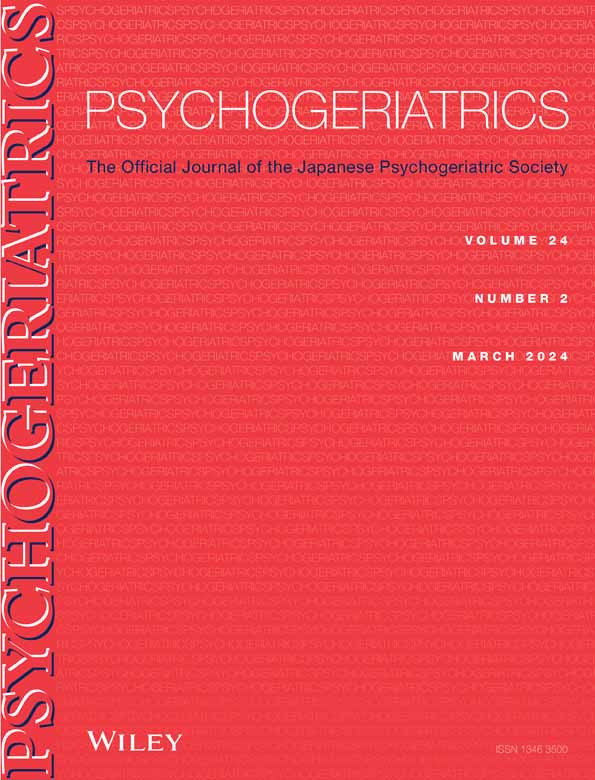The differential pattern of associations between nighttime sleep disturbances with dimensions of daytime sleepiness in community-dwelling older adults, the Yilan study, Taiwan
Abstract
Background
The association between nighttime sleep disturbance and daytime sleepiness remains unclear. This study aimed to examine the relationships between various domains of nighttime sleep disturbance, daytime sleepiness, and their specific dimensions.
Methods
This was a community-based cross-sectional study. The participants were adults aged 65 years and older from Yilan City, Taiwan. Daytime sleepiness (DS) was defined using the Epworth Sleepiness Scale (ESS) with scores ≥ 11. The ESS dimensions were further examined using exploratory factor analysis. The highest 15% factor scores for each factor were defined as factor-specific DS. Various domains of nighttime sleep disturbance were assessed using the Pittsburgh Sleep Quality Index. Logistic regression analysis was used to examine the independent relationships among various nighttime sleep disturbances, ESS, and its dimensions.
Results
Of the 2585 participants, a total of 59.0% were women. Two factors were identified by exploratory factor analysis and were designated as ‘passive factor’ and ‘active factor’. Multiple logistic regression analyses elucidated that short sleep duration was a common risk indicator for ESS-defined (odds ratio (OR): 2.01; 95% confidence interval (CI): 1.43–2.83), passive factor-defined (OR: 2.23, 95% CI: 1.65–3.00), and active factor-defined DS (OR: 1.47, 95% CI: 1.07–2.00). Hypnotic use was associated with a lower risk of both ESS-defined (OR: 0.66, 95% CI: 0.47–0.92) and passive factor-defined DS (OR:0.69, 95% CI: 0.52–0.92). Bathroom use (OR: 1.41, 95% CI: 1.04–1.91), coughing or snoring (OR: 2.14, 95% CI: 1.01–4.56), and sleep efficiency (OR: 0.42; 95% CI: 0.31–0.57) were uniquely associated with active factor-defined DS.
Conclusion
Two factors were identified in the ESS, revealing factor-specific correlates of DS. Specifically, ESS- and passive factor-defined DS shared similar correlates. In contrast, some correlates seem unique to active-factor-defined DS.
Open Research
DATA AVAILABILITY STATEMENT
The datasets generated during and analyzed during the current study are not publicly available due to the risk of compromising participant confidentiality, but are available from the corresponding author on reasonable request.




